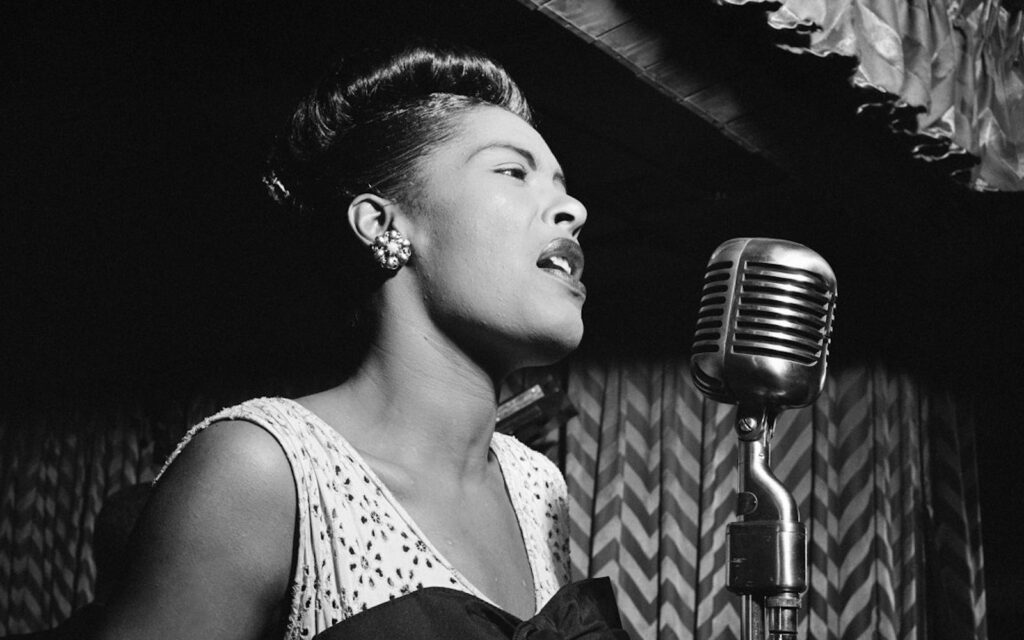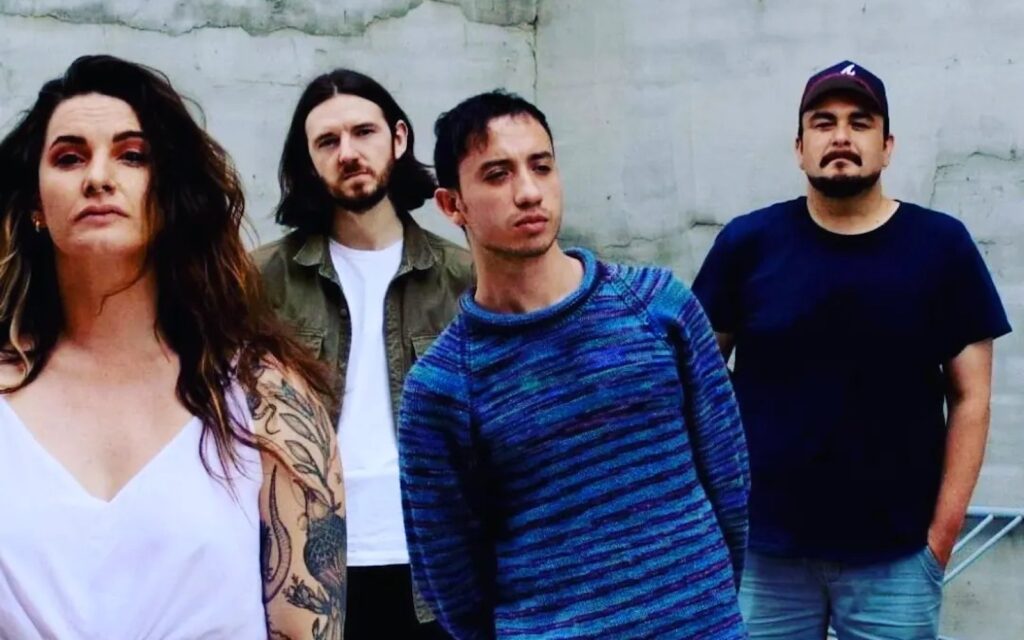Like most children of the ‘80s, Antony Hamilton was taken with breakdancing from a young age. His attentive mother quickly recognised her son’s physical abilities and signed him up to local ballet classes to give his playful movements some discipline. Unlike most eight year old boys, Hamilton thrived in ballet, and ended up spending the next fifteen years of his life mastering the craft. It wasn’t until he began training at the Western Australian Academy of Performing Arts towards the end of adolescence that a totally unimaginable idea suddenly jumped up and changed the rest of his life. “There was a life changing day in class where the teacher basically said ‘you can do anything’. You can do anything – anything. You don’t have to do the information that’s in your body that you’ve learned. You can try new things,” Hamilton smiles. “It was just a revelation, you know? And that’s when I got really excited about making work because it could be my ideas. Holy shit. It was awesome.” But at that stage, he was still young and he was still a dancer, programmed to bring other people’s ideas to fruition. Something, it seems, he was damn good at. Hamilton went on to dance with the Australian Dance Academy, Kage Physical Theatre, Chunky Move and Lucy Guerin Inc. His extensive and global dance resume is riddled with critical acclaim and awards, including Best Male Dancer titles from both Greenroom and Helpmann.
When he eventually did begin the transition from dancer to director, the length of the leap took Hamilton by surprise. “There’s quite a delineation between a choreographer and a director. A lot of dancers are choreographers, but directing is something all together different. Learning how to direct a whole show was the steepest learning curve I’ve ever had,” remembers Hamilton. “I didn’t know what the fuck I was getting into. I thought it was going to be like ‘oh yeah, no problem’, but when it came to production I was beside myself. Just like, ‘what have I done?’” The experience didn’t scare him off though. Battling through a continuous cycle of commissions and independent works since, Hamilton has quickly but determinedly established himself as one of Melbourne’s leading young contemporary directors. Acclaimed works like Black Project 1 and Drift have demanded the Australian dance scene to stop and take notice, and it appears Hamilton has got something equally intriguing up his sleeve with Keep Everything.
From an engineer building a skyscraper, to an arts journo writing about Antony Hamilton, any creation suffers through an elimination process. Which ideas will work, which ideas are shit, and which ideas you wish you could use some other time for some other thing. Keep Everything is an abstract work focusing on the elusiveness of that creative process. The initial vision was to create a work that would bring to life notions that had been thrown to the wayside in previous developments. But even that concept has twisted and turned throughout its own life, consolidating the authenticity of the idea.
Despite having an incredibly talented and experienced crew on hand, including Australian duo The Presets working on the score, Hamilton has purposefully kept the piece visually exposed. From a minimalistic set and costume design to subtle lighting and music, he wants to prove that his ideas and skill alone are enough to carry his works. “[Minimalism] is quite a divergence away from my other work. I wanted to challenge myself to see what I could get purely from the performers. I figured if I’m going to be a director, I should dig a bit deeper with the performances, rather than focusing on the dressing of the work.” Dancers Alisdair Macindoe, Benjamin Hancock and Lauren Langlois have a tough job ahead of them. A job that Hamilton admits he wouldn’t want. The three dancers are present throughout the performance, literally having nowhere to hide.
Other than those vague hints though, Hamilton is reluctant to divulge any more about what the piece will actually look like. He doesn’t want you to know, yet. “I generally want people to have no expectations. I think the work speaks its own language, so to colour it with words takes something away from it. It means you can only read it through those eyes,” Hamilton muses. “I will say it does have a strong emotional backbone. It definitely makes me feel strong feelings. Like ‘that’s really fucking scary’ or ‘that’s really weird’ or ‘that’s beautiful’. But maybe that’s just cause I like it cause I made it, and that’s my taste. Other people might go ‘that’s really fucking boring’,” he laughs. “They probably will.”
BY KATE MCCARTEN







